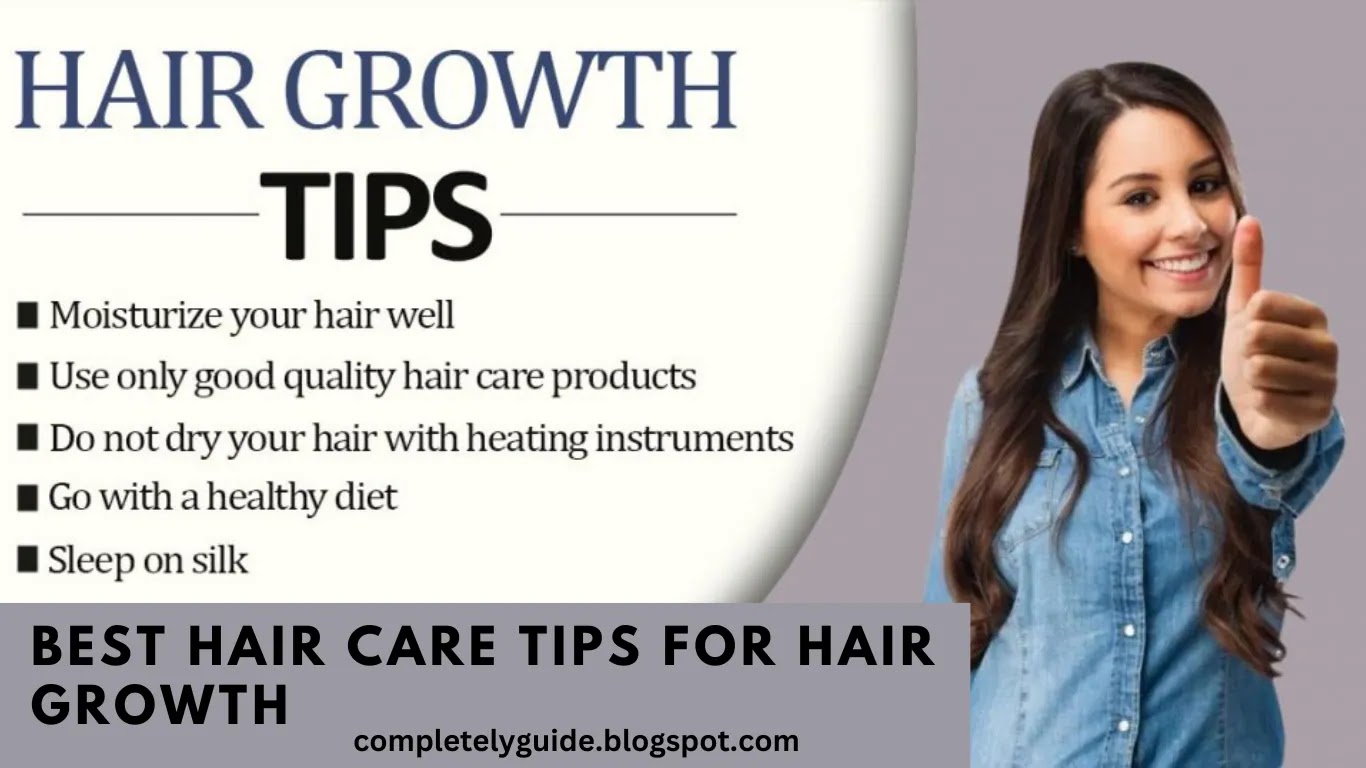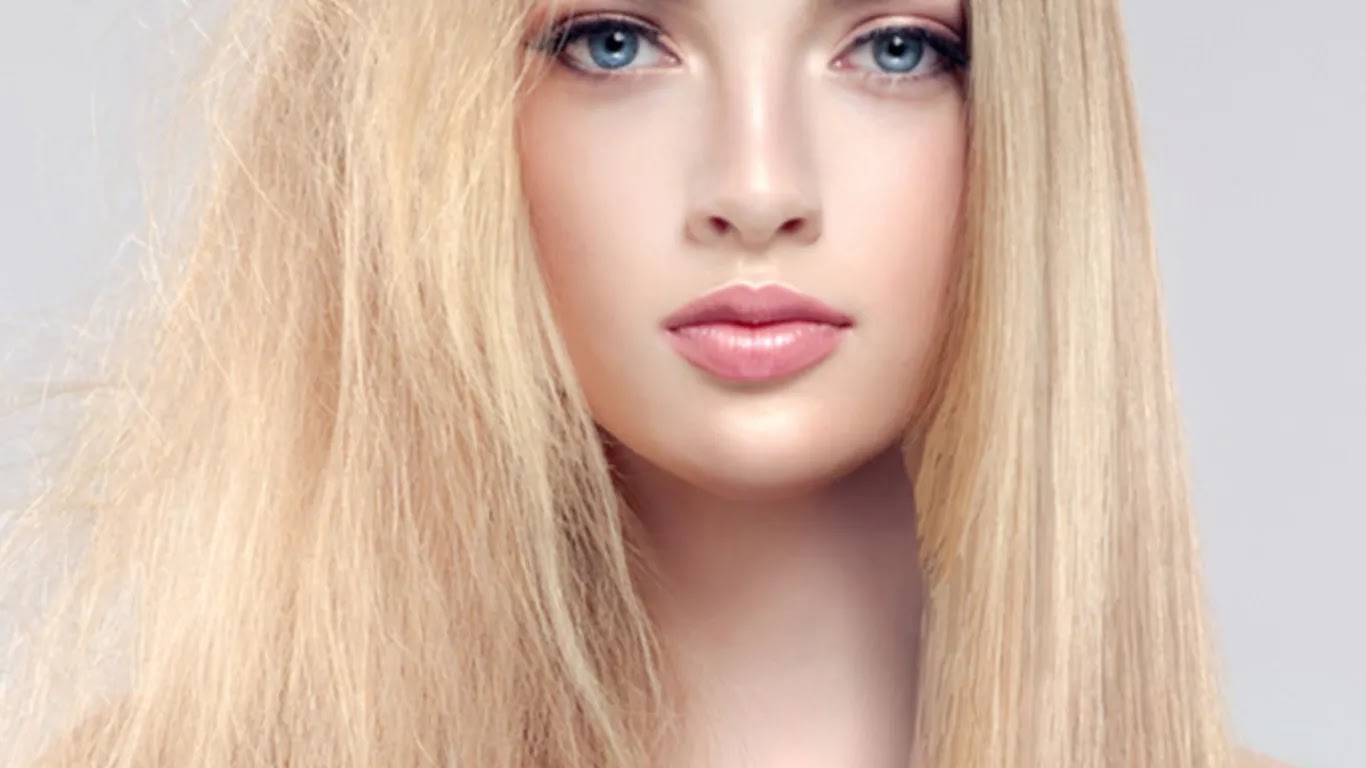best hair care tips for hair growth
Diet and Nutrition
Proper Hair Washing Techniques
It might not seem that important to discuss the right way to wash hair. But isn't it true that most of us make mistakes while following the process? In this article, we will discuss some hair wash tips and techniques that help in keeping your hair clean and promoting the health of your hair.
We learn to wash our hair at the same time we learn our ABCs but, unlike the alphabet, this everyday ritual isn't as elementary. Even small mistakes in the lather process can have major consequences for your scalp and hair (such as hair loss). Add shampoo type, water temperature, and washing frequency to the mix (did we mention co-washing?), and you've got yourself a real headache.
Once you know you are making mistakes, there is always room for improvement. With that in mind, we polled professional hairstylists for their most common hair-washing mistakes.
Avoiding Heat and Chemical Damage
When it comes to hair growth, it's important to avoid heat and chemical damage. Overuse of styling tools like blow dryers, flat irons and curling wands can leave hair brittle, weak and prone to breakage. Chemical treatments like perms and hair dye can also damage the hair shaft, which can lead to thinning and breakage.
To avoid heat damage, it is important to use a heat protectant spray before using hot tools. This can help reduce heat damage and prevent further cracking. Additionally, try to limit your use of hot tools and opt for air-drying your hair whenever possible.
limit heat use
As a general rule, use the lowest possible heat setting on the iron or blow-dryer to achieve your look. Most beauty experts say not to go over 410°F - above this temperature, the high heat actually begins to melt the keratin in your hair. Also, limit the amount of time the hot tools are in contact with your hair. For example, when using a curling iron, wrap hair around the tool for no more than 10 seconds each time to reduce damage.
use a heat protectant
Protect hair by using a heat-protectant spray every time you use hot tools. These heat-resistant styling products work by slowing the flow of heat from the styling tool to your hair. However, heat protectants don't completely protect your hair from damage, so it's still wise to use hot tools sparingly.
Don't Heat-Style Damp Hair
When you apply a hot tool like a straightener or curling iron to damp hair, you're basically frying your hair. Wet or damp hair is much more fragile than dry hair. And the heat of the tools turns the moisture into steam, which damages hair strands as it escapes. To avoid such damage, use these hot tools only on completely dry hair.
Benefits of Trimming Hair
Natural Remedies and Supplements
using natural remedies and supplements is a great way to boost hair growth and improve overall hair health. There are many natural ingredients that can be used to create effective hair treatments. For example, coconut oil is a great natural conditioner that can nourish the scalp and strengthen hair strands. Castor oil is another popular natural remedy that can help promote hair growth by stimulating blood circulation to the scalp.
Supplements such as biotin, vitamin D, and iron can also help improve hair health and promote hair growth. Biotin, in particular, is known to improve hair strength and thickness, while vitamin D and iron are important for healthy hair growth.
However, it is important to remember that natural remedies and supplements are not a substitute for a healthy diet and lifestyle. It is important to consult with a healthcare professional before taking any supplements and to ensure that they are safe and appropriate for you.

.webp)

